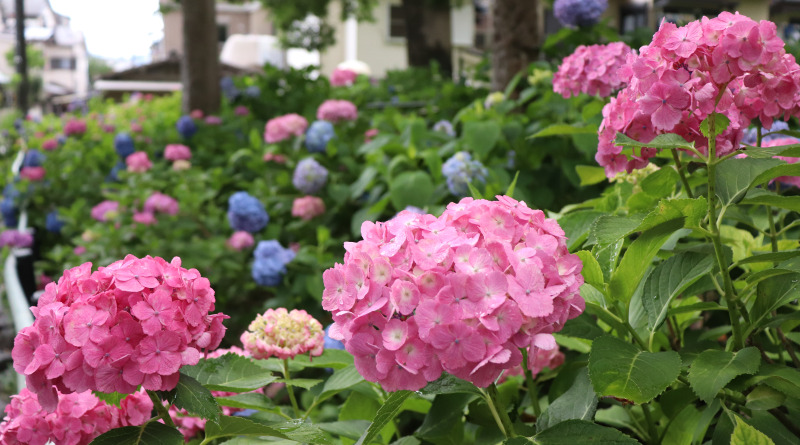
Fujinomori Shrine: Horses, Victory, and Hydrangea
Located in the southern region of Kyoto, near Fushimi, is Fujinomori Shrine. This ancient shrine is believed to have the power to grant prayers for victory and good fortune. While it is now a popular attraction for Japanese students to visit before their exams, in ancient times, samurai warriors often sought blessings from the gods at this shrine before going to battle. The shrine is also home to a beautiful hydrangea garden that blooms every June, attracting many visitors who come to admire its beauty.
Fujinomori Shrine
Fujinomori Shrine is between Sumizome and the Keihan Fujinomori Station. Right in front of the street runs the major street, Kyo Kaido, which connects Osaka and Kyoto.
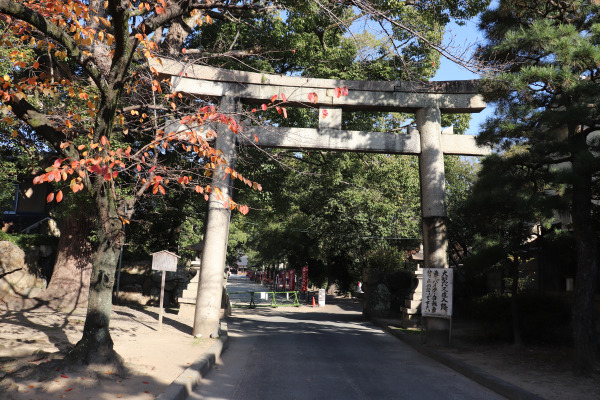
The shrine’s history says it dates back to the 3rd century when Empress Jingu placed her victory flag and buried her weapons and armor here after she completed a military invasion.
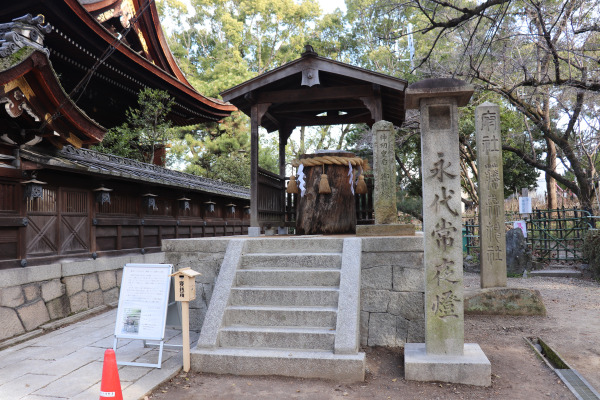
From May 1st to 5th, the most famous event at the shrine is the Fujinomori Festival. The festival is highlighted by the kakeuma shinji event on May 5th, where people showcase their horseback riding skills. During the event, riders perform various tricks while their horses gallop along the long path to the honden. The annual visit of these samurai is said to be the origin of displaying samurai dolls on Children’s Day.
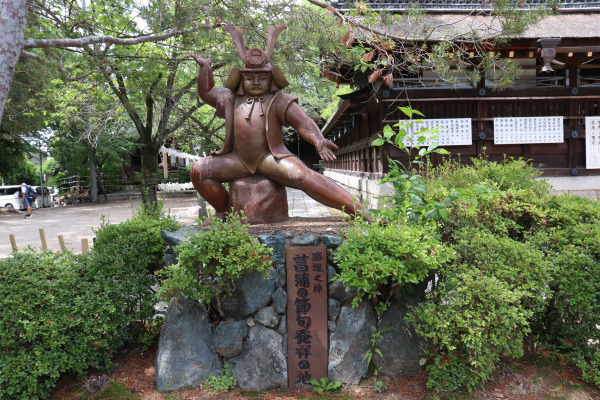
Since so many horses came to the shrine throughout the year and especially due to this festival, the shrine is now associated with horseracing too!
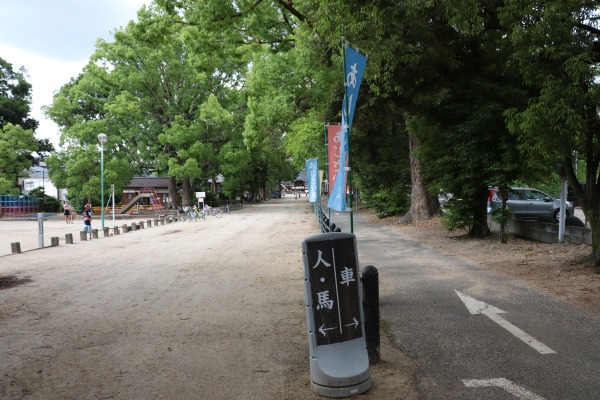
The shrine ground is not that big, but it is very clear that this shrine has much admiration from people who love horses, especially people who live horse racing.
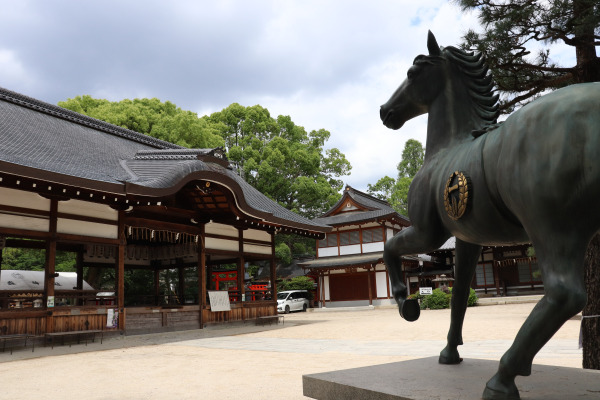
Honden
Honden is divided into three parts, with the center enshrining Susanoo, Empress Jingu, and the gods related to her.
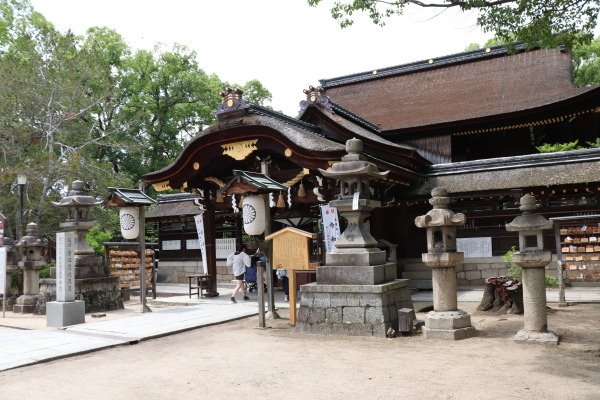
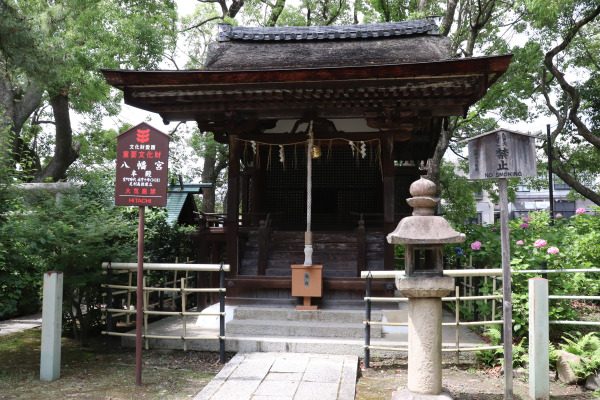
Hydrangea Garden
Fujinomori Shrine is known for its enchanting hydrangea garden. Although nearby Mimurodo Temple is more famous, Fujinomori Shrine is also a popular destination, albeit with fewer visitors. The garden boasts a staggering 3500 hydrangeas, making it a sight to behold. The garden is open for a month starting in June.
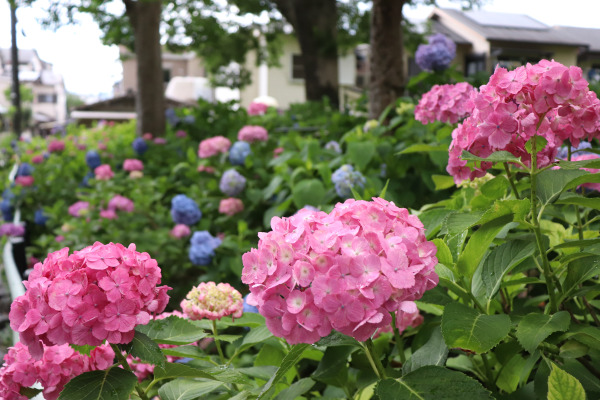
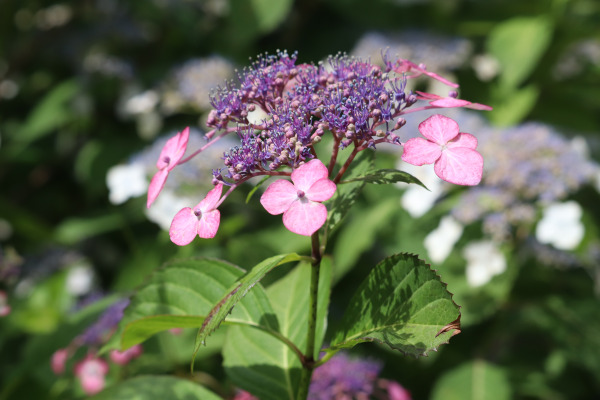
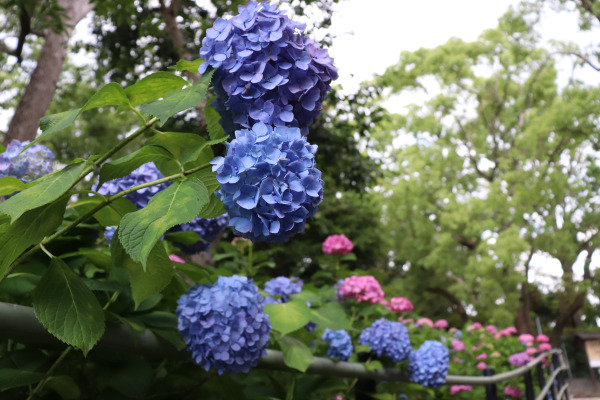
I feel hydrangeas are particularly beautiful on rainy or cloudy days.

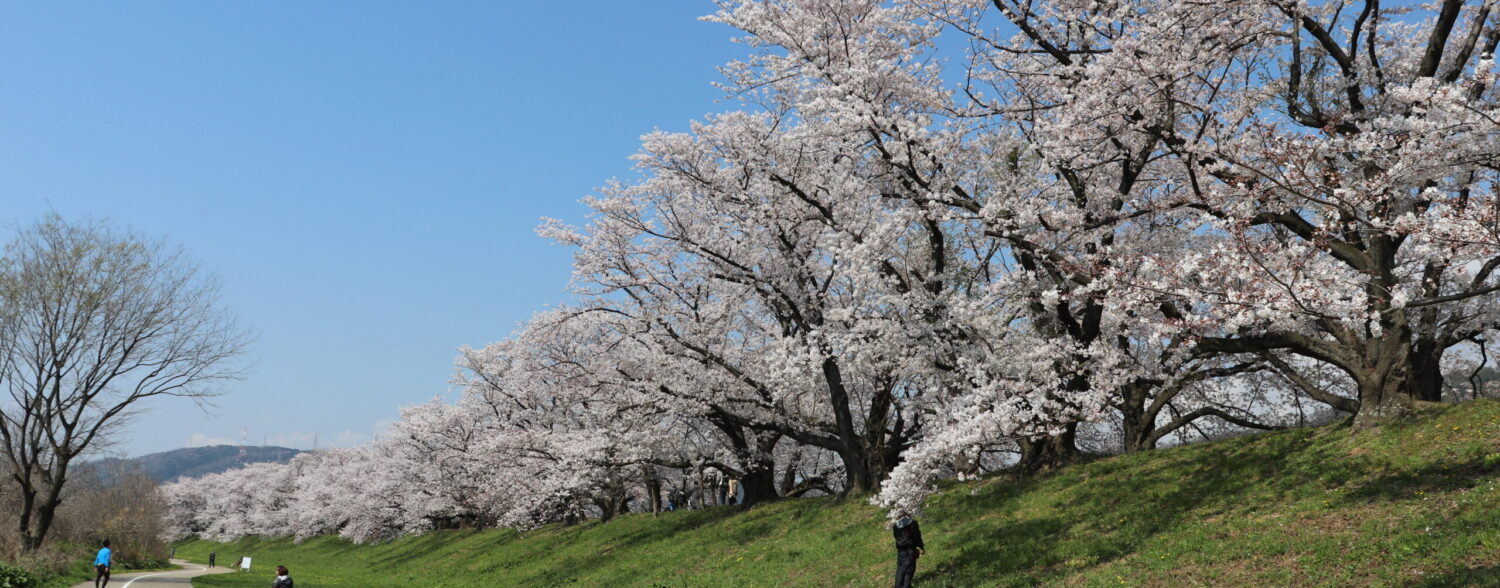
Leave a Reply